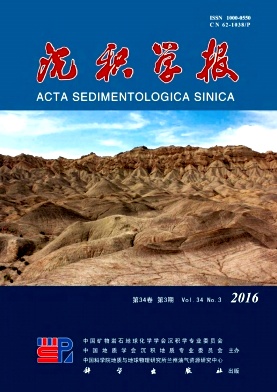Was the End-Guadalupian Mass Extinction Caused by the Emeishan LIP Eruption?
doi: 10.14027/j.cnki.cjxb.2016.03.002
- Received Date: 2015-05-04
- Rev Recd Date: 2015-10-15
- Publish Date: 2016-06-10
-
Key words:
- Guadalupian /
- Mass extinction /
- Emeishan LIP /
- C, Sr isotopes
Abstract: End-Guadalupian mass extinction was an independent extinction event before the end-Permian mass extinction. During this biotic crisis, the severity effected on the benthos was believed to be the similar scale as the “Big Five” mass extinction. Recently, owing to the increasing of age data and the precise stratigraphic timescale, more and more researchers began to challenge the severity of this extinction. Meanwhile, the main cause of this extinction, Emeishan LIP, was also questionable. Whether Emeishan LIP was still the main cause of this biotic crisis. In order to figure out this problem, this paper reviews the end-Guadalupian mass extinction, the Emeishan LIP eruption, the C and Sr isotopic changes in Capitanian and the main causes of this mass extinction. Combined with some of the authors' data, they believe that: (1) the impact of end-Guadalupian mass extinction on the benthos was not serious as once to be thought. Decreasing scale of biodiversity was smaller than the “Big Five” mass extinction. (2) the negative excursion of C isotope near the G-LB was affected mostly by diagenesis and facies change. There are two carbon isotopic negative excursions in the mid-Capitanian (excursion amplitude is about 1.0‰ to 1.5‰) and the G-L Boundary (excursion amplitude is about 1.4‰ to 2‰), respectively. (3) The main causes of this mass extinction were probably sea level fall and marine anoxia, instead of Emeishan LIP eruption.
| Citation: | WEI XueMei, WEI HengYe, QIU Zhen. Was the End-Guadalupian Mass Extinction Caused by the Emeishan LIP Eruption?[J]. Acta Sedimentologica Sinica, 2016, 34(3): 436-451. doi: 10.14027/j.cnki.cjxb.2016.03.002 |






 DownLoad:
DownLoad: